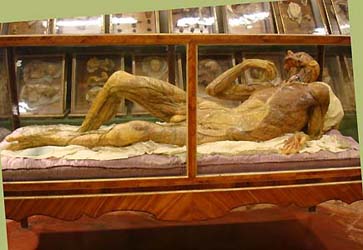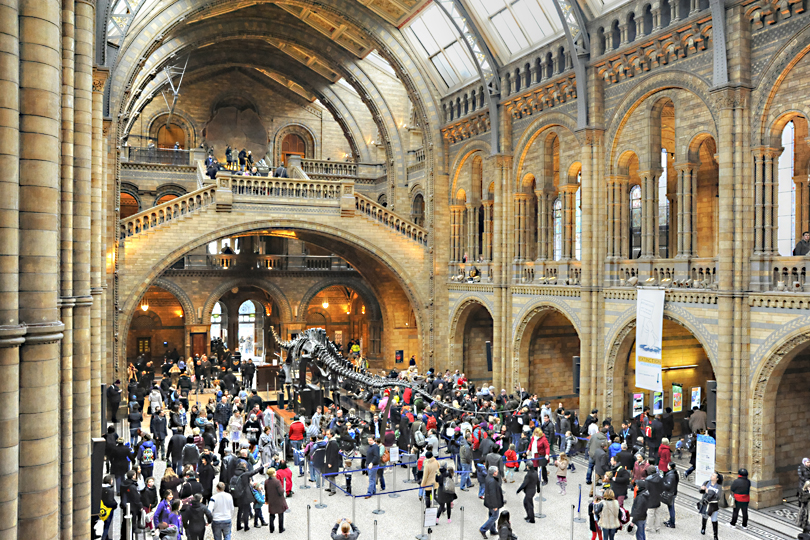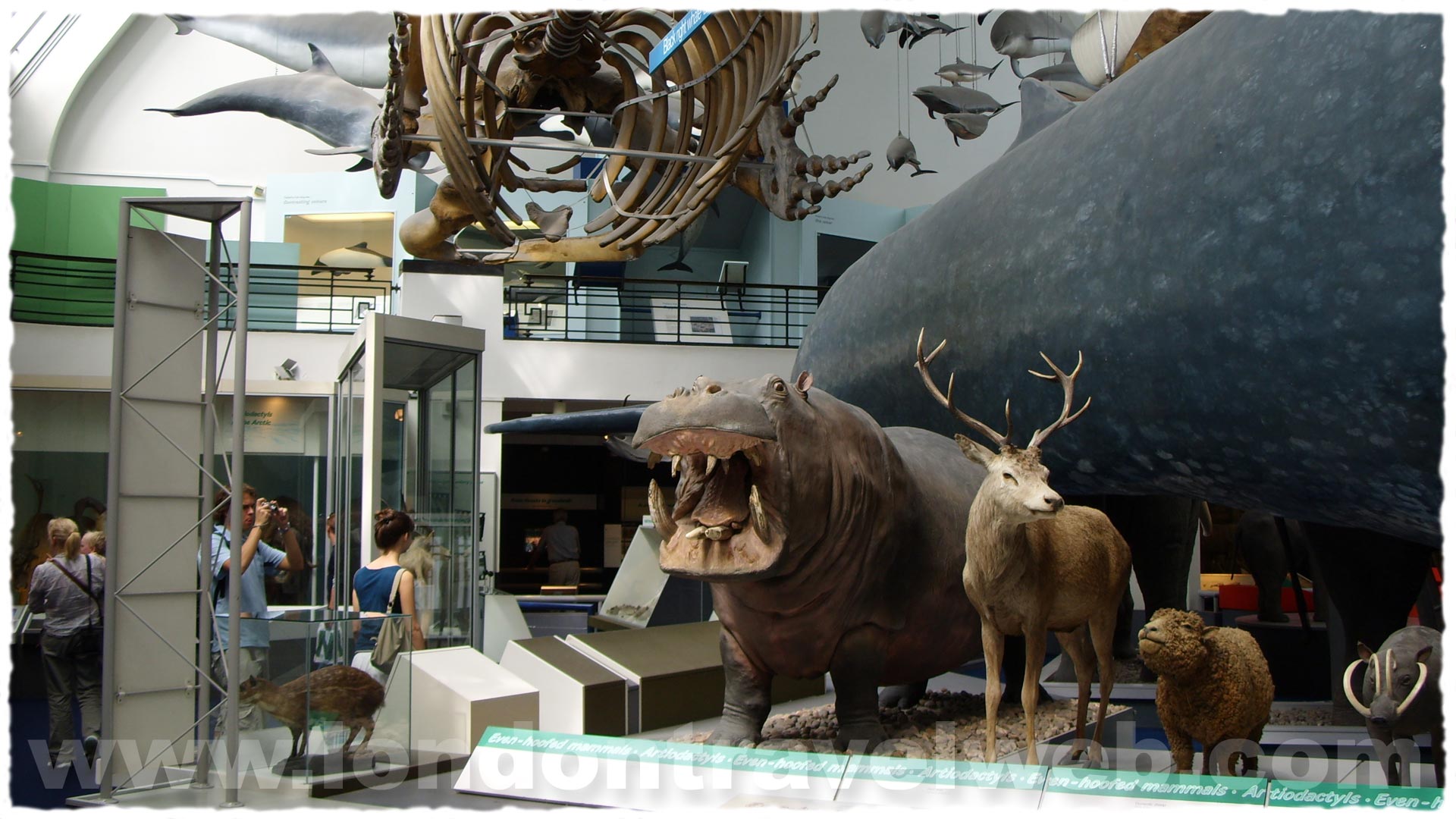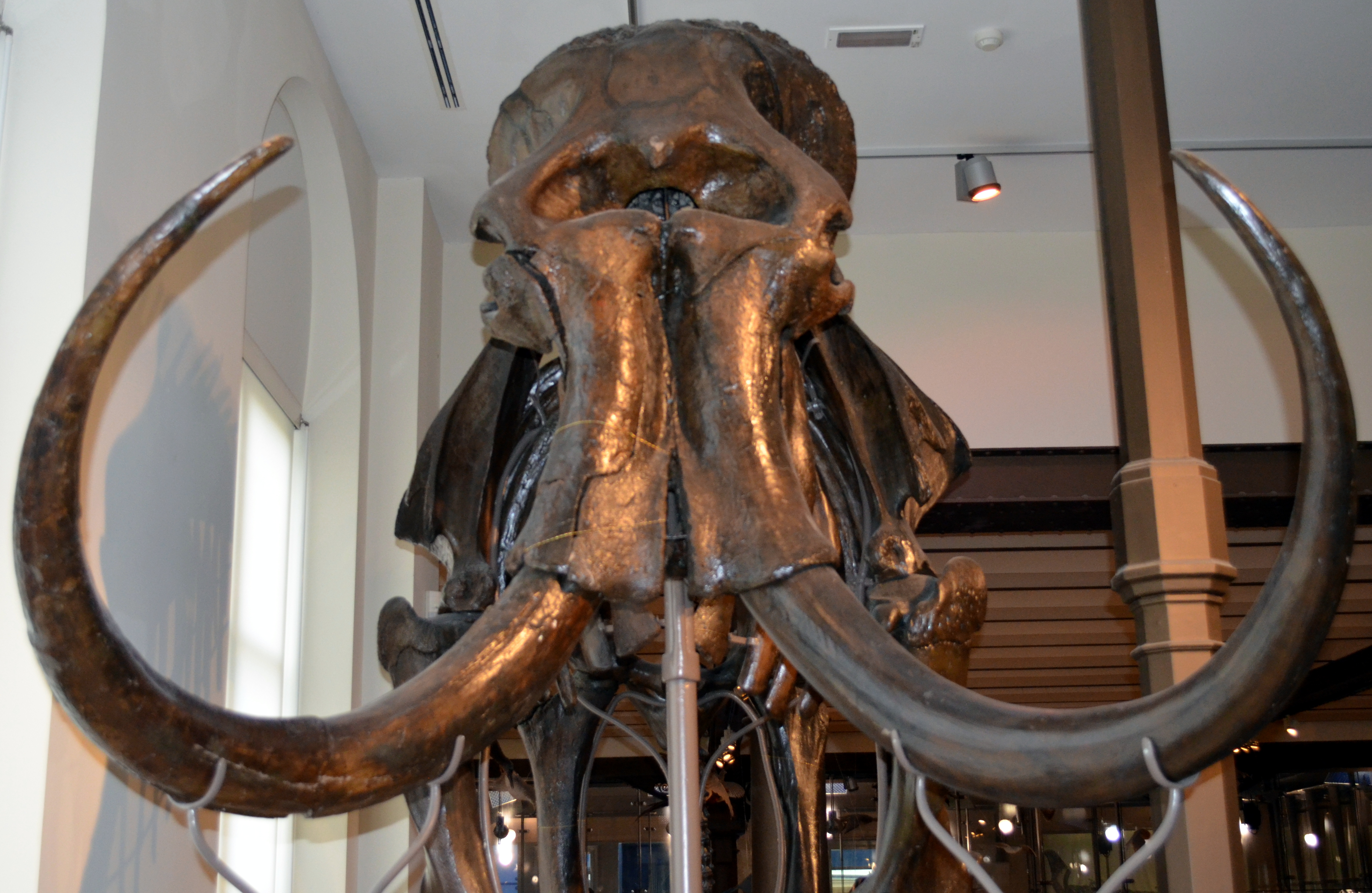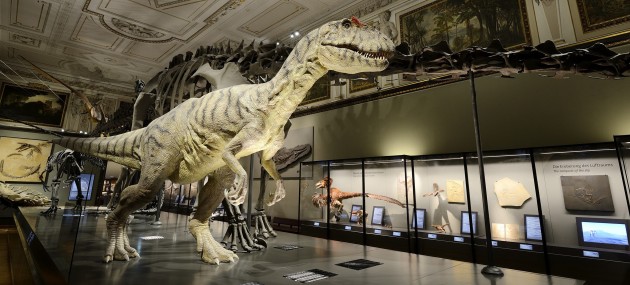GEOLOGY AND MINERALOGY MUSEUMS IN EUROPE
Muséum National d’Histoire Naturelle – PARIS, France. (www.mnhn.fr/)
Despite the name, the Natural History Museum is not a single building, but a collection of sites throughout France. Its historic home is in the “Jardin des Plantes”, and it’s here you’ll find the greatest number of branches: taxidermied animals in the excellent Grande Galerie de l’Évolution; fossils and dinosaur skeletons in the Galeries d’Anatomie Comparée et de Paléontologie; and meteorites and crystals in the Galerie de Minéralogie et de Géologie.
Natural History Museum of Florence – Florence, Italy. (www.msn.unifi.it/)
The mineralogical collections, originating from the first half of the XVI century are the most important in Italy, and one the most widely known abroad, for historical and scientific value. The 45,000 specimens, the most important of which are the large geodes of amethyst, the topaz crystal, and the crystal of aquamarine. There are also specimens of quartz, calcite, tourmaline, gold and many precious stones and the meteorite collection.
Museum of the School of Mines of Madridd – Madrid, Spain. (http://spanishminerals.com/blog/mineralogical-museums-in-the-capital-of-spain-madrid/)
The Museum contains about 10,000 minerals, amongst which the most representative are: silver sulphosalts coming from Freiberg, Hiendelaencina (Spain), and mexican localities; mercury minerals (cinnabar, calomel, etc.) mainly from Almaden (Spain), fluorite, sphalerite and many others.
The Natural History Museum London – London, England, UK. (www.nhm.ac.uk/)
The Natural History Museum mineral collection is one of the most important and comprehensive collections of its type in the world with about 350,000 specimens. A rock collection that now consists of over 100,000 specimens and has worldwide coverage. Other collections include meteorites, ocean bottom, ores, gems, building and decorative stores, mantle xenoliths and kimberlites, and world wide petrological collections.
Royal Belgian Institute of Natural Sciences – Brussels, Belgium. (www.naturalsciences.be/)
Dozens of permanent exhibits among which is the mineralogy room comprised of two separate parts. Designed to be instructive, the first part introduces the visitor to the fascinating world of minerals. A second part of the room concentrates on ranking minerals species by groups.
Naturhistorisches Museum – Vienna, Austria. (www.nhm-wien.ac.at/en)
The significance of the Mineral Collection is the multiplicity of items coming from occurrences on the territory of the former Austro-Hungarian Monarchy and its alpine regions. Specimens from many of the “classical” deposits in Germany, Russia, England, Italy and other countries are also represented.




